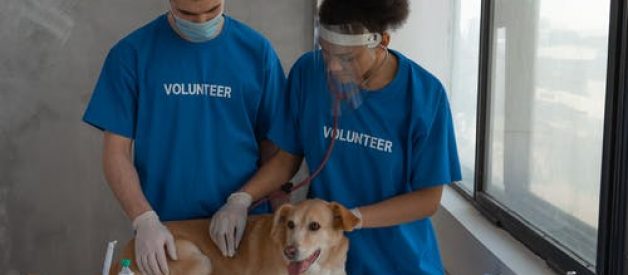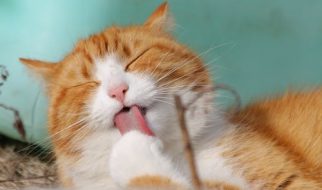Poor dental hygiene can lead to gum and tooth disease in cats the same way as in humans. In contrast to humans, cats have developed the ability to smuggle distress and suffering. Even when they are in agony, they keep a calm attitude, which makes it difficult to tell the signs of trouble.
While it can be challenging to determine if your pet’s mouth is hurting, a few signs could indicate that something is off. Dental treatment is an essential part of cat health since they are vets.
Modifications in eating habits or a refusal to eat are the most obvious signs of an oral ailment. Cats may be attracted to their food bowl but refuse to eat due to discomfort. Or, they might take a handful of nibbles before deciding to stop.
Causes of Feline Oral Pain
Dental discomfort can significantly affect the quality of life of your cat. Gum and tooth problems can lead to various issues such as eating issues and other health problems. The pain of the mouth can affect cats for multiple reasons.
Gingivitis
Gingivitis, also known as gum swelling, can cause discomfort when the gums and teeth meet. It may also cause swelling, redness, and bleeding in extreme circumstances. It also makes dry food more difficult for cats to eat.
Plaque buildup typically results in gingivitis in cats. Plaque buildup is expected; however, it can harden into tartar, a yellowish-colored film that forms on the teeth if it is not checked. The rough surface of tartar creates the perfect environment for harmful bacteria to invade the gums, causing gingivitis, a painful inflammation. Visit a vet website like NoahsArkAnimalHosp.com for more details.
Fractured teeth
Fractures near the tips of canines teeth (fangs) are common among cats. Since cats’ pulp chamber is so close to the end of the tooth, even minor fractures could expose the sensitive pulp tissue. A broken tooth can be extremely painful and almost always result in pulp tissue infection and death. A vet dentist will assist your pet with any oral pain.
Periodontitis
The disease can be triggered when gingivitis isn’t treated or managed. Inflammation and bacteria damage the tissues that connect the gums to the teeth in cats suffering from periodontitis, which can lead to tooth and bone loss in the majority of instances.
It also increases the risk of developing liver, heart, or renal disease. There are usually no obvious signs in the beginning phases of the gum condition; therefore, by the time signs begin to appear, your pet could already be suffering from a severe illness. The symptoms are typically seen in older cats and have severe periodontal diseases.
Tooth Resorption
The tooth’s structure is broken down, leading to tooth loss. It begins inside the tooth and then spreads across the body. It is a problem that affects 30 to 70 percent of cats. This is the leading cause of discomfort in the feline teeth and loss. Resorption of teeth is inherited and is not linked to dental hygiene.
Stomatitis
Stomatitis is a painful affliction when the immune system fights off plaque in the mouth. The oral cavity tissues become red, swollen, and thicker, making it difficult for cats suffering from the condition to eat.
Stomatitis is a disease that has no effective treatment. Vitamins, antibiotics, probiotics, and other medicines may temporarily reduce inflammation, but they are ineffective. Most of the time, the relief from pain offered by these drugs is temporary, and the pain is back in the exact moment.
Malocclusions
The relationship between jaws and teeth is known as occlusion. Malocclusion is when their relationship is not as it should be and results in an unnatural bite. Malocclusion may cause pain and cause cats to be unable to eat. Click here to get more information.










